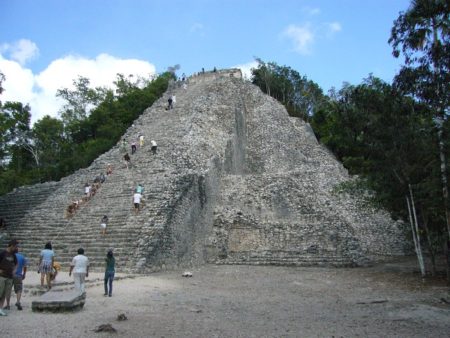On Thursday, July 21, the agreement to protect 267 hectares of the archaeological zone of Cobá, in the municipality of Tulum was published in the Federal Official Gazette.
The Ministry of Culture, through the National Institute of Anthropology and History (INAH), published on Thursday, July 21st, 2022, in the Official Gazette of the Federation the agreement that begins the procedure for the issuance of the Declaration as a Zone of Archaeological Monuments of the area known as Cobá, located in the Municipality of Tulum.
With this, an area of 267 hectares will be protected, in order to preserve and conserve the Archaeological Zone of Cobá. To this end, as established in the third point of the agreement, the prohibition to carry out any type of construction and/or excavation, or any act or activity in the indicated area or in the properties surrounding the Archaeological Zone that may affect its conservation.

Within this area of archaeological monuments are the Nohoch Mul or A Group; Cobá Group or B; Macanxoc Group or C; Group D; the Set of Paintings; Mayan Group; Chumuc Mul Group; Uitzil Mul Group; and Domingo Falcón Group; as well as about 50 sacbeoob (ancient Maya roads) registered within the area, as well as the stelae that are located in the aforementioned groups.
Cobá, it is worth mentioning, according to the technical studies carried out by the INAH, had a continuous occupation from the year 100 a. C. until 1450 d. C., having its splendor during the years 300 to 900 d. C., making it the most important pre-Hispanic settlement of the Classic Maya period in the northeast of the Yucatan Peninsula.
The archaeological zone of Cobá is distinguished by its Petén and Eastern Coast style architecture; it has stelae that represent conquests and ascents of rulers, among other events, and its outstanding feature is its network of ancient Maya roads or sacbeoob, which communicated the city with architectural groups, other archaeological settlements, and other regions.
TYT Newsroom


